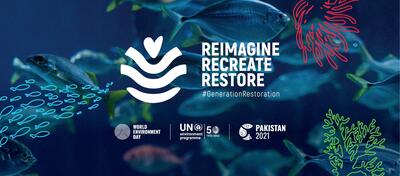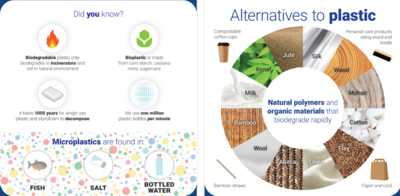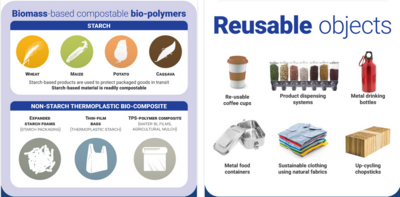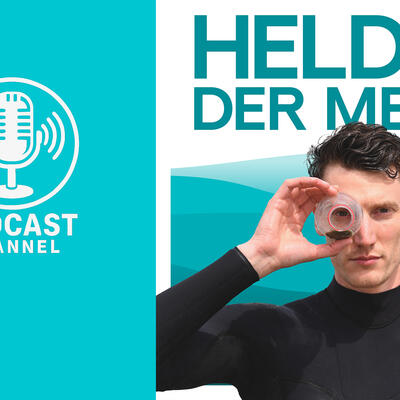-
Main problem:
Plastic Pollution -
Subproblem:
Single use plastic -
Consequence:
Destruction of habitats, Need for education & awareness -
Solution:
Raising awareness, promoting a change in the global waste management
Clean Seas
Turning the tide on plastic pollution will not be easy. But the conversation is well underway and every day steps are being taken to create a truly circular global economy where we value what we use.
- We must all -- politicians, entrepreneurs and citizens -- work together to tackle one of the gravest environmental challenges of our time.
The campaign, which is technically rooted in the long standing work of UNEP and the Global Partnership on Marine Litter, focuses on increasing ambition for policies that will reduce pollution and build circular economies, encouraging innovation in supply chain and waste management, and on inspiring individual behaviour change to send important signals to business and government that this is a priority that we all care about.
Since its launch in 2017, the campaign has become a catalyst for change, transforming habits, practices, standards and policies around the globe. To date, 62 countries have joined, making the Clean Seas campaign the biggest, most powerful global coalition devoted to ending marine plastic pollution. Commitments by signatory countries now cover more than 60 per cent of the world’s coastlines.
Many countries have pledged to reduce or eradicate single-use plastics from their societies; others have committed to invest more in national recycling facilities; while other signatories have pledged to increase protection for marine ecosystems. You can read some of these pledges here.
Today, the Clean Seas campaign is shining a light on specific aspects of marine litter such as microplastics, which are present in many cosmetics and other personal care products. Microplastics are too small to be filtered out by waste treatment plants and attract water-borne toxins and bacteria that stick to their surfaces. Because they look like food, they are eaten by fish, amphibians, insects, larvae and seabirds, blocking digestive tracts and causing physical problems. The health implications of microplastics on humans are not yet fully known, but considering their prevalence, these consequences are expected to be far-reaching.
Photo Credits: ©cleanseas.org
https://www.cleanseas.org
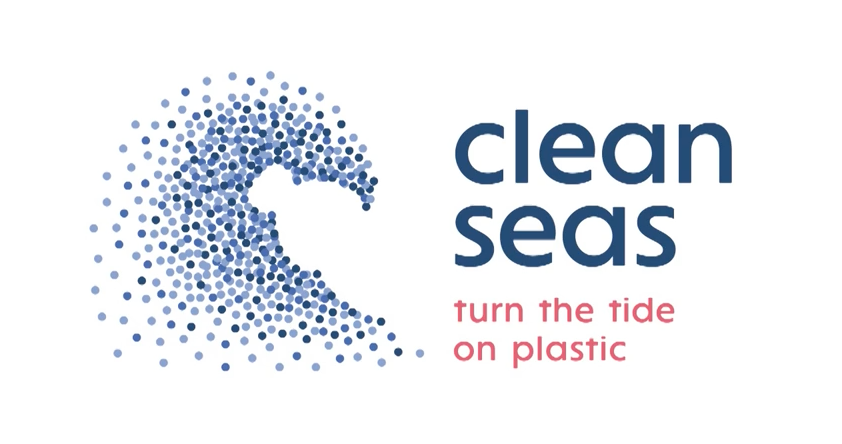



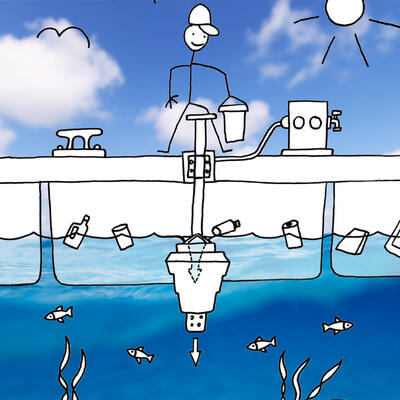
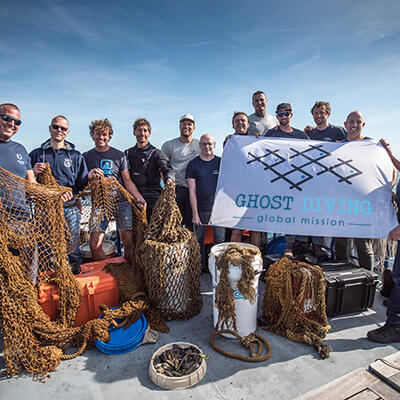
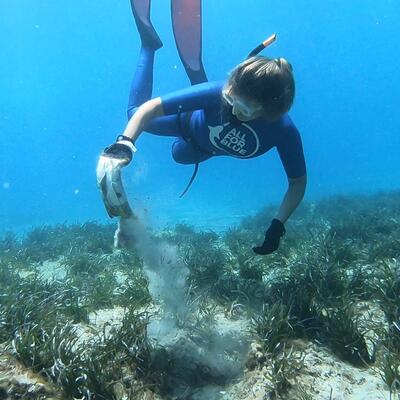
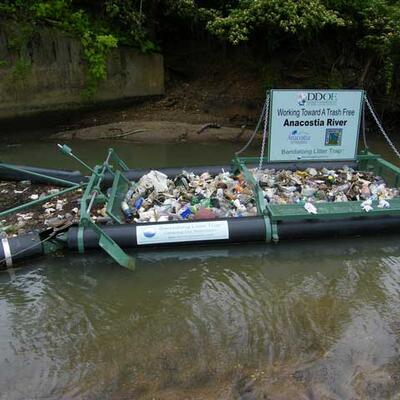
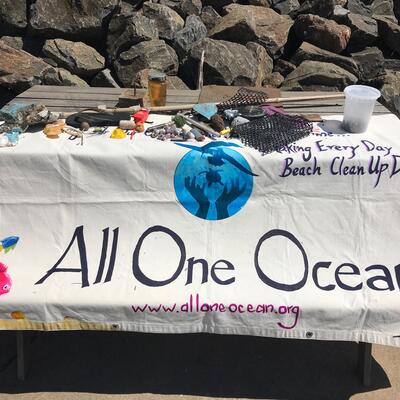
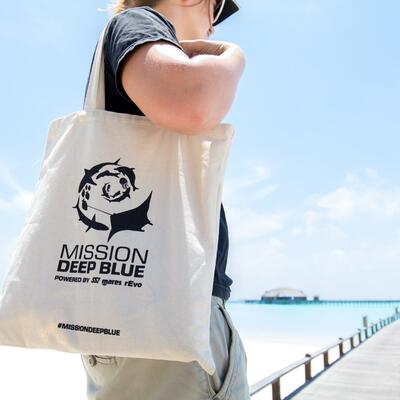
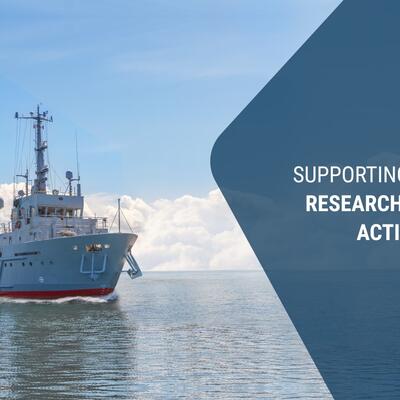
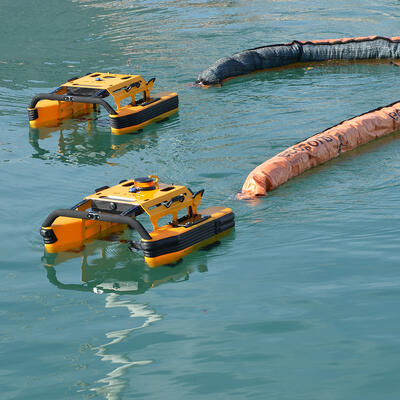
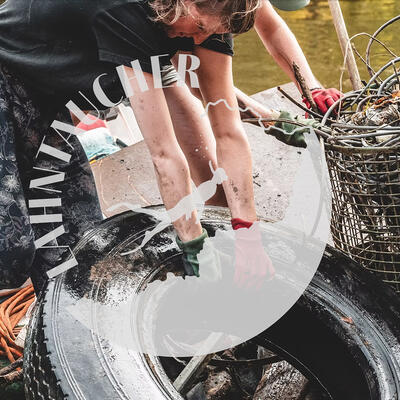

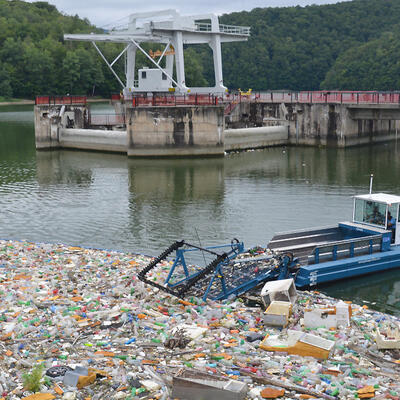
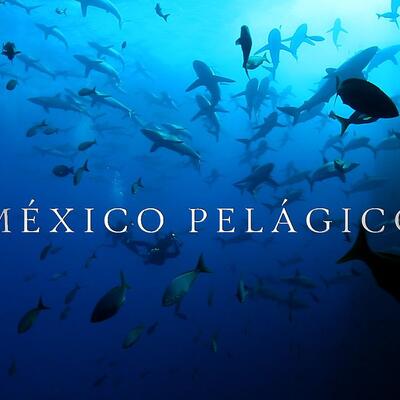
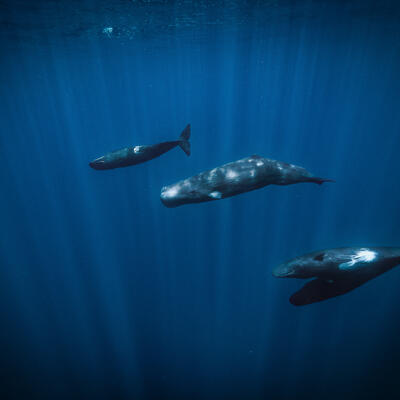

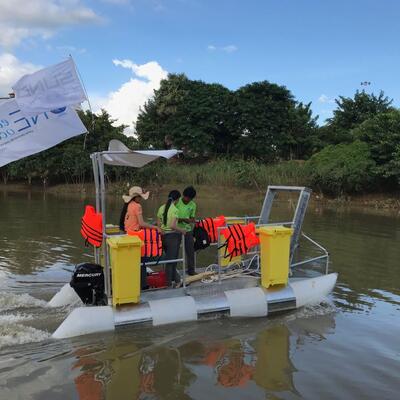
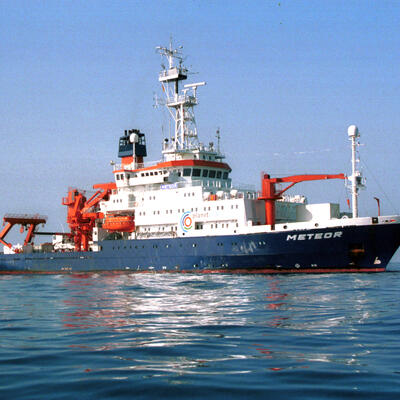


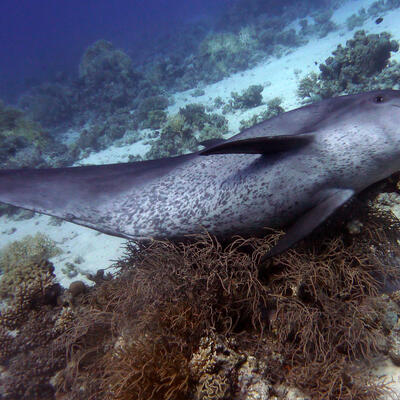
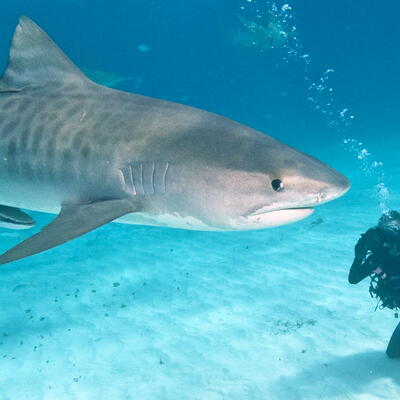
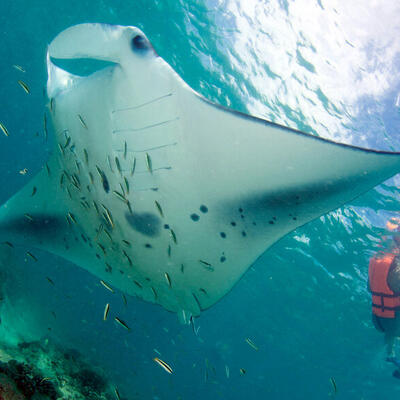Simon%20Hilbourne.jpg)
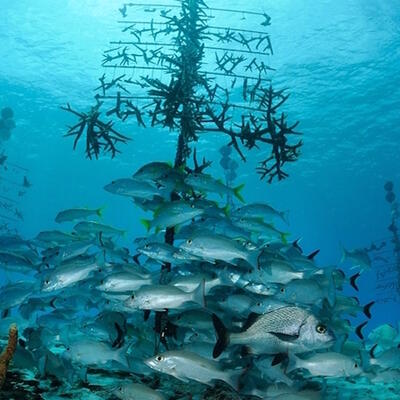
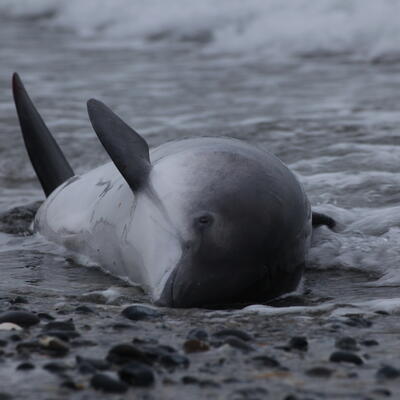
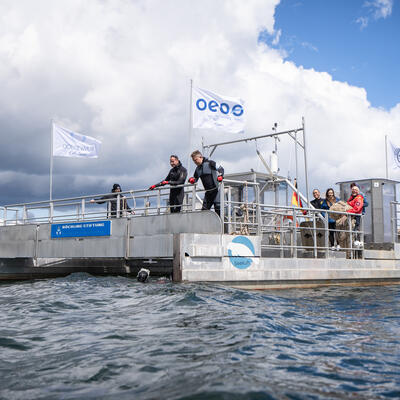


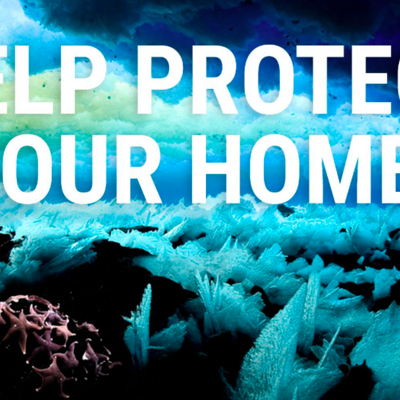

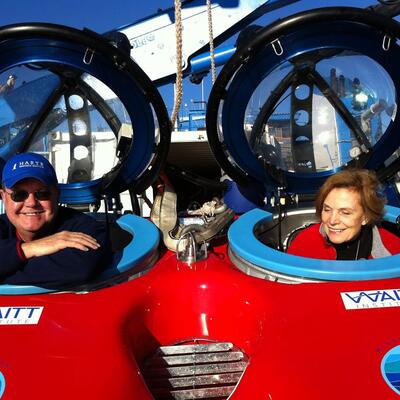

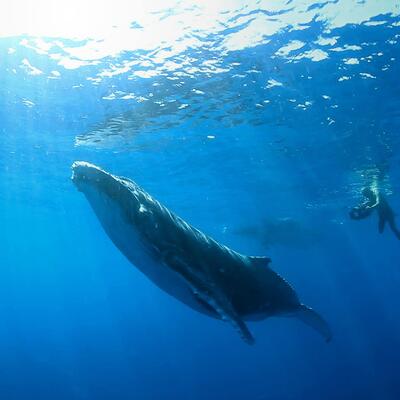


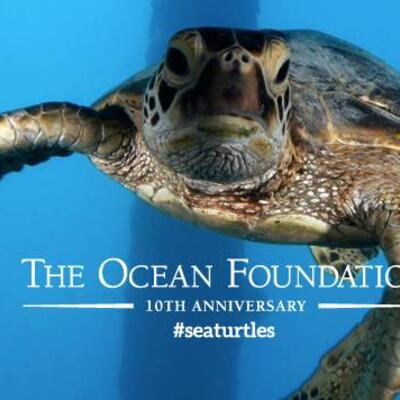
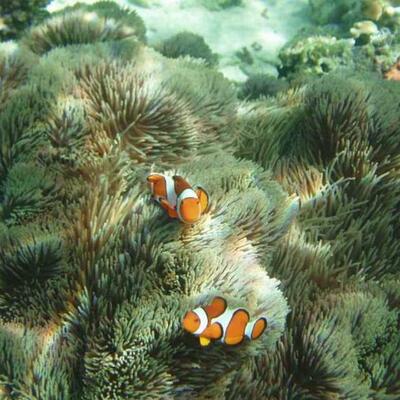
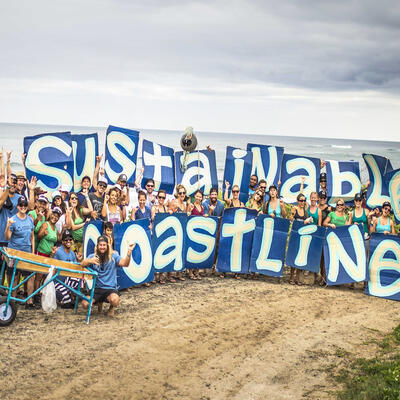
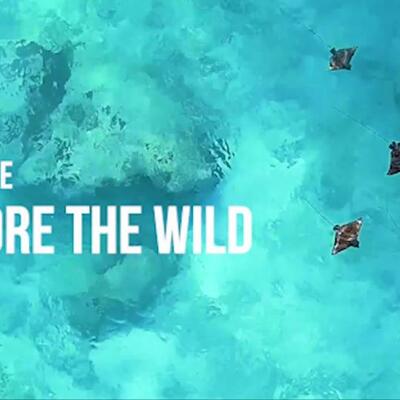
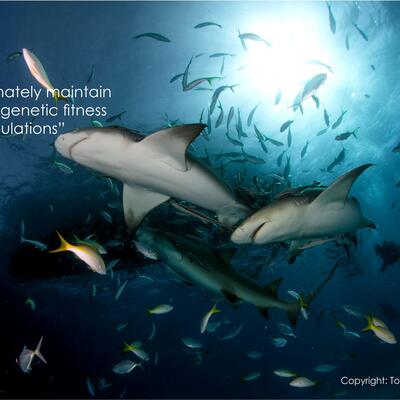

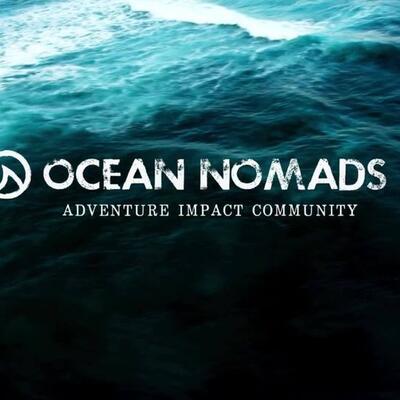
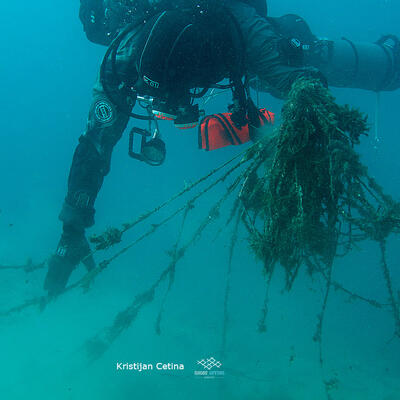

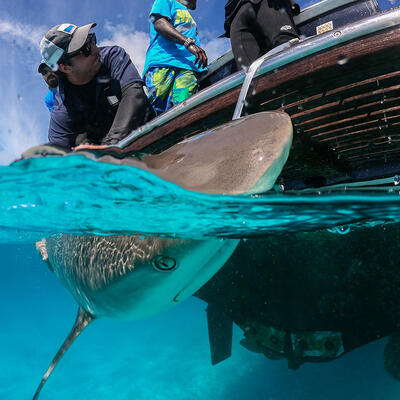
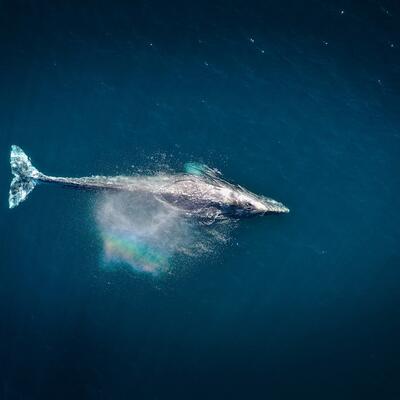
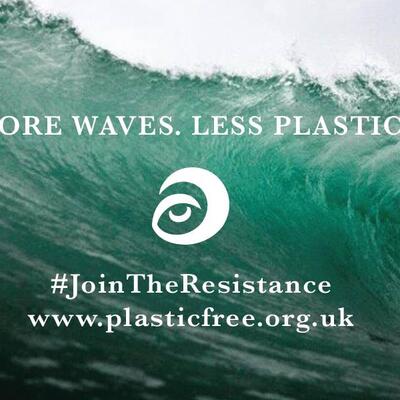


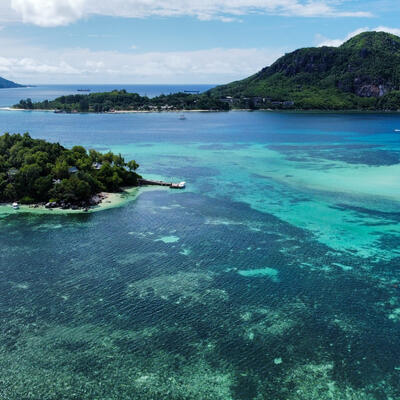

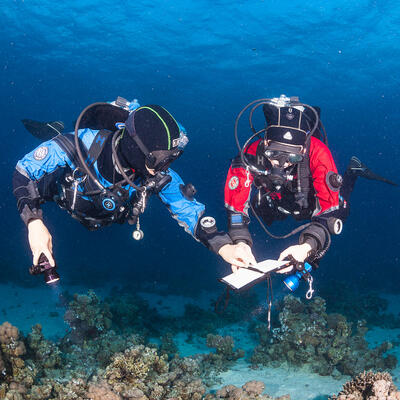

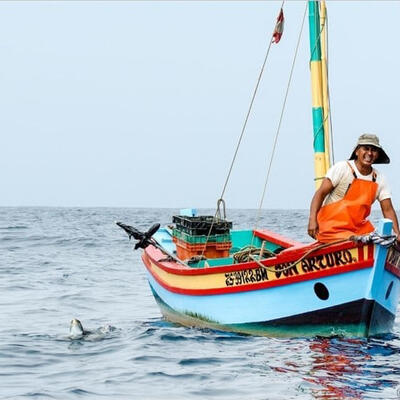
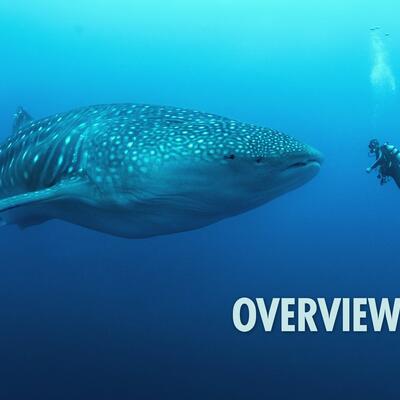


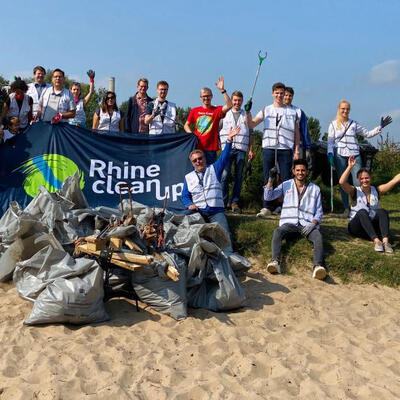


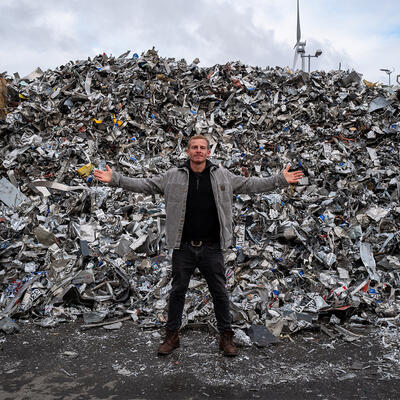


York Hovest


